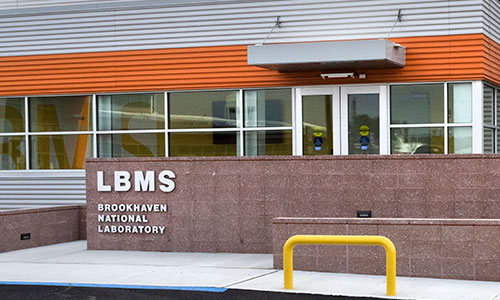- Home
-
Facilities
-
For Users
-
Research
- Advisory & Review Cmtes
- For Industry
- News
- Wiki

User Guide
Proposal Evaluation
All proposals requesting microscope time at LBMS are evaluated using a centralized, online, peer-review proposal process.
Technical Feasibility
All GU, RA, and BAG proposals are first evaluated by LBMS staff for technical feasibility on the requested microscope(s). Preliminary (screening) data will also be reviewed at this time.
Proposal Review Panels (PRPs) and Review Criteria
The LBMS Proposal Review Panel meets the fourth Thursday in April and October.
Current Proposal Review Panel membership
All GU, RA, and BAG proposals that are judged technically feasible are then reviewed and rated by the LBMS Proposal Review Panel (PRP). The PRP is a peer-review group composed of scientific peers, external to LBMS, and organized by technique or scientific discipline that cover a broad range of biological sciences. The PRP has a Chair that coordinates the meeting, compiles the reviews, and manages the review submission in the PASS system. PRP membership terms are three years, with the possibility of renewal.
For all proposals, the PRP evaluates according to the following criteria.
- Scientific, technological, industrial, and/or national security importance (45%)
- Does the proposed research address critical questions or significantly advance knowledge in the specific field of research and development?
- Quality of the experimental plan (40%)
- Is the proposed experimental plan well developed to address the scientific questions?
- Is the choice of instruments appropriate?
- Does the proposal team have sufficient resources, expertise, and/or collaboration to execute the proposed work?
- Indirect societal impact (15%)
- Does the proposed work have significant broader indirect societal impact, in such areas as economic competitiveness, workforce development, education and outreach, and/or engagement with user communities new to synchrotron research? See examples (PDF).
These categories are designed to recognize and evaluate the feasibility, the value of basic, applied, and industrial research, the value of education and outreach activities, and the societal impact of the proposed work. The PRP is expected to take into consideration supporting evidence provided in the proposal (e.g., publications, patents, or corporate impact statements as evidence of past performance) to impartially evaluate the likely success of the microscope time, and to evaluate these categories in a balanced way (e.g., recognizing the merit of adventurous, exploratory experiments as well as those with a clear expected result, or recognizing the value of encouraging the development and contribution of new users as well as supporting proven performers from existing communities).
The PRPs make recommendations for (1) the maximum number of shifts to be allocated over the lifetime of the proposal, and (2) the number of shifts to be allocated during the upcoming cycle.
All proposals are reviewed following the LBMS PRP Conflict of Interest and Confidentiality Policy (PDF).





